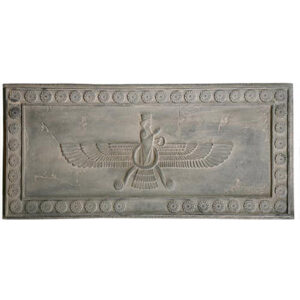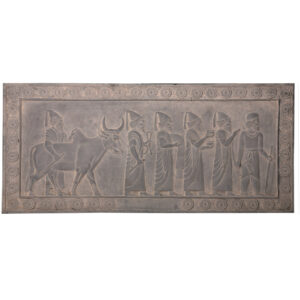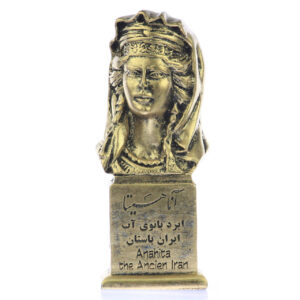|
Description |
Persepolis, Apadana, East Stairs, Southern part, Syrians |
|
Date |
ca. 520 BCE–486 BCE |
Arians and Syrians
The Arians are dressed in short cloaks and trousers with turbans that protect them against the dust storms of the Kara Kum desert. Their presents are identical to those of the Parthians (above): two bowls and a Bactrian camel. Again, the last member of the delegation wears a feline’s skin, although he is very damaged.
The Syrians are not entirely identical to the inhabitants of modern Syria. The real name of their satrapy was “across the river” (Euphrates), and it included what is now Lebanon and Israel/Palestine. In the days of Darius, the Syennesis (king) of Cilicia may have been a vazal of the satrap of Syria.
The Syrians have smooth cloaks, which leave the ankles visible, belts, and low shoes. On their heads, they wear wreaths. Their presents are two pair of bowls, a bar of copper in the shape of an animal skin, two beautiful rams, and a garment. The man to the left on the fourth photo offers the garment. It has four tassels and he may, therefore, be a Jew.note

Persepolis, Apadana, East Stairs, Southern part, Arians |

Persepolis, Apadana, East Stairs, Arian |

Persepolis, Apadana, East Stairs, Southern part, Syrians |

Persepolis, Apadana, East Stairs, Southern part, Syrians |











 Candle Holder
Candle Holder Coasters
Coasters Jewelry Box
Jewelry Box


















